Tom L. Beck, Michael E. Paulaitis, Lawrence R. Pratt0521822157, 9780521822152, 9780511242328
Table of contents :
Cover……Page 1
Half-title……Page 3
Title……Page 5
Copyright……Page 6
Contents……Page 7
Preface……Page 9
Acknowledgements……Page 12
Glossary……Page 13
1 Introduction……Page 17
Pioneering……Page 18
The theory of simple liquids wasn’t simple……Page 19
1.1 Molecules in solution……Page 20
Reversed-phase liquid chromatography……Page 21
Variation of the dissociation constant of triflic acid with hydration……Page 25
Ion channels……Page 29
1.3 Notation and the theory of molecular liquids……Page 32
2.1 The free energy and chemical potentials……Page 39
Ideal results: chemical and conformational equilibrium……Page 40
Partial molar quantities……Page 41
Statistical thermodynamics……Page 42
Fluctuations……Page 43
Details of (n) for a typical case……Page 44
Details of q and s (R) for a typical case……Page 45
3 Potential distribution theorem……Page 48
Partition function perspective……Page 49
3.1 Derivation of the potential distribution theorem……Page 55
3.2 Weak field limit……Page 56
3.3 Potential distribution theorem view of averages……Page 57
3.4 Ensemble dependence……Page 59
3.5 Inhomogeneous systems……Page 60
3.6 Reduced distribution functions……Page 63
3.7 Activity coefficients and solution standard states……Page 67
3.8 Quantum mechanical ingredients and generalizations……Page 69
Initial treatment of quantum statistical mechanics……Page 70
The quantum potential distribution theorem……Page 72
4.1 Van der Waals model of dense liquids……Page 77
Gaussian extension……Page 80
Gaussian density fluctuation theories……Page 81
4.2 Dielectric solvation – Born – models……Page 83
Potential of the phase……Page 85
Multigaussian extensions……Page 86
4.3 Excluded volume interactions and packing in liquids……Page 89
4.4 Flory–Huggins model of polymer mixtures……Page 94
4.5 Electrolyte solutions and the Debye–Hückel theory……Page 105
4.6 Clustering in dilute solutions and Pitzer models……Page 110
Clustering: partitioning statistical possibilities……Page 111
Pressure variation of solvation free energies……Page 113
Temperature variation of solvation free energies……Page 114
5.1 Reference systems and umbrella sampling……Page 116
5.2 Overlap methods……Page 120
5.3 Perturbation theory……Page 121
Thermodynamic perturbation theory……Page 122
Electrostatics in simulation: periodic boundary conditions……Page 124
The Ewald potential and lattice sums……Page 128
5.4 Thermodynamic integration……Page 132
5.5 Bias……Page 134
5.6 Stratification……Page 136
Inclusion–exclusion and the MM expansion……Page 139
Nonpair-decomposable interactions and Ursell functions……Page 142
Cumulant expansion……Page 144
Kirkwood–Salsburg expansion……Page 145
Functionals and functional derivatives……Page 148
Density functional perspective on chemical potentials……Page 151
Nonuniformities: PY and HNC integral equations……Page 153
Further perspective: the HLR theory……Page 154
6.3 Kirkwood–Buff theory……Page 156
7 Quasi-chemical theory……Page 158
7.1 Derivation of the basic quasi-chemical formula……Page 159
Chemical equilibrium description of x……Page 161
7.2 Clustering in more detail……Page 162
General term……Page 163
7.3 An example of a primitive quasi-chemical treatment: Be(aq)……Page 165
7.4 Analysis of ab initio molecular dynamics……Page 169
7.5 Packing in classical liquids……Page 173
7.6 Self-consistent molecular field for packing……Page 176
7.7 Historical quasi-chemical calculation……Page 182
7.8 Explicit–implicit solvent models……Page 184
Correspondence to multigaussian models……Page 185
Implicit solvent models……Page 186
Chemical potentials and the equation of state……Page 188
Flory–Huggins theory……Page 189
Sampling configurations of an isolated chain molecule……Page 191
A generalized Flory–Huggins theory……Page 194
8.2 Primitive hydrophobic effects……Page 196
Packing……Page 198
Attractive interactions among solvent molecules……Page 199
Tetrahedral coordination of solvent molecules……Page 200
Discussion……Page 201
Entropy convergence……Page 203
Entropy convergence and solute size……Page 205
Pragmatic interpretation: “What are we to tell students?”……Page 208
A broader view……Page 211
Coda……Page 212
8.3 Primitive hydrophilic phenomena: ion hydration……Page 214
HO¯(aq)……Page 216
AIMD for HO-(aq)……Page 218
H+(aq)……Page 224
AIMD for H+(aq)……Page 226
Comparison with experimental hydration free energies……Page 228
References……Page 230
Index……Page 245
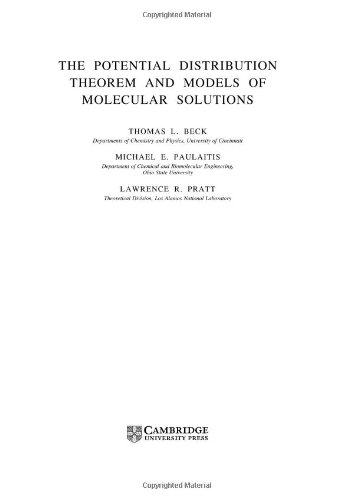
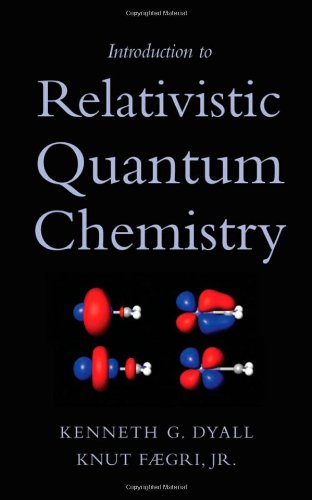
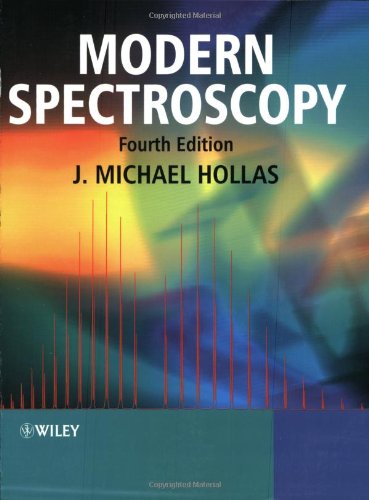

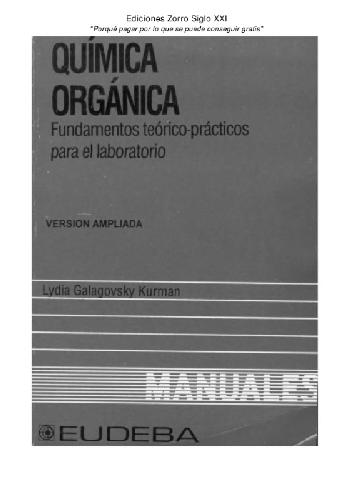

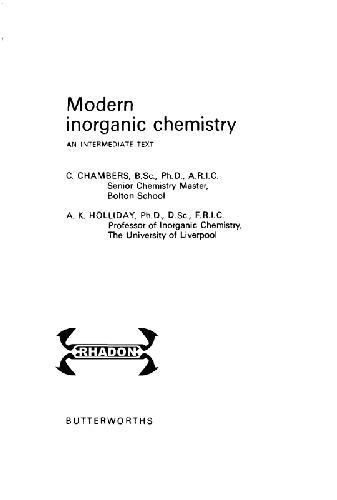
Reviews
There are no reviews yet.